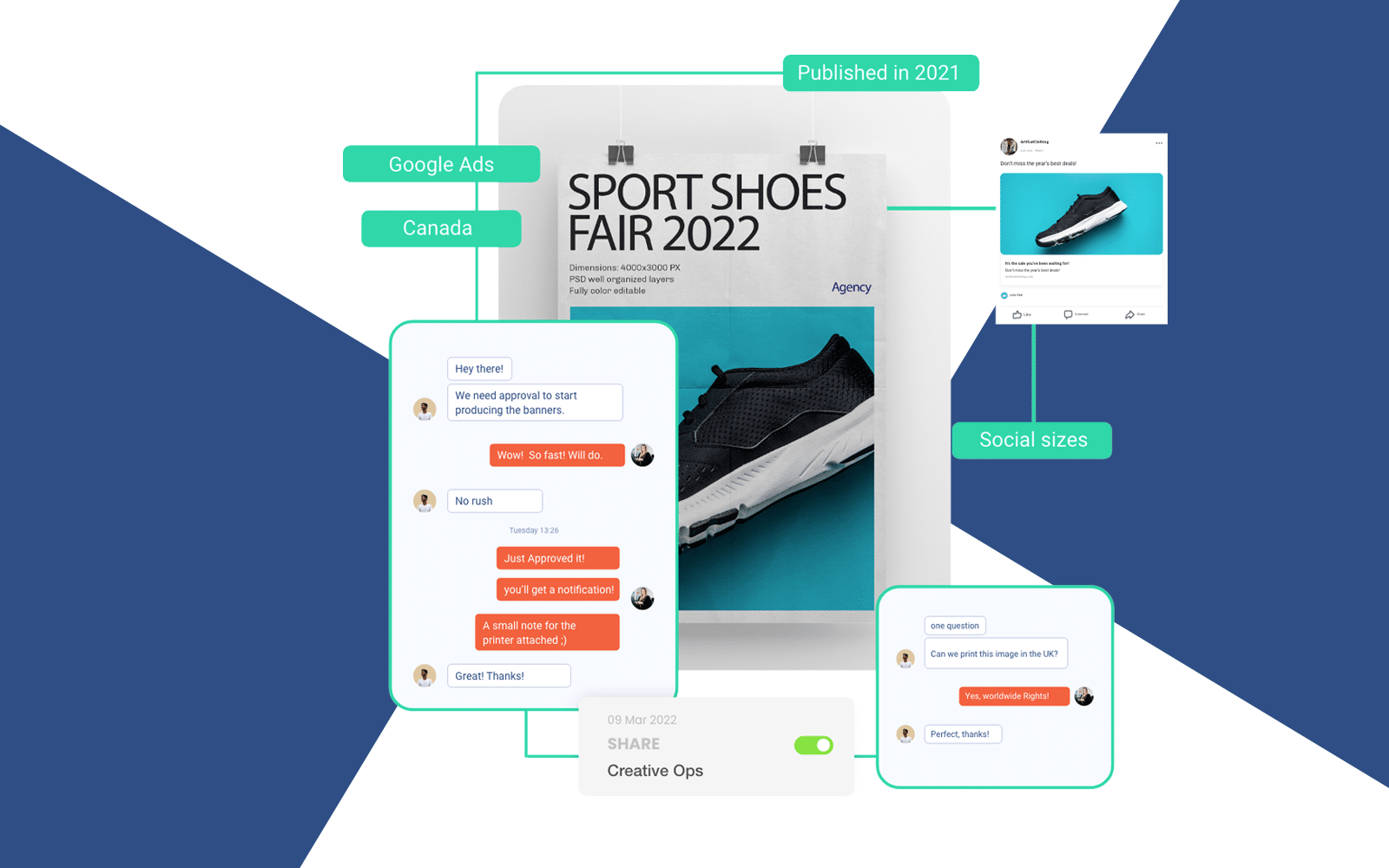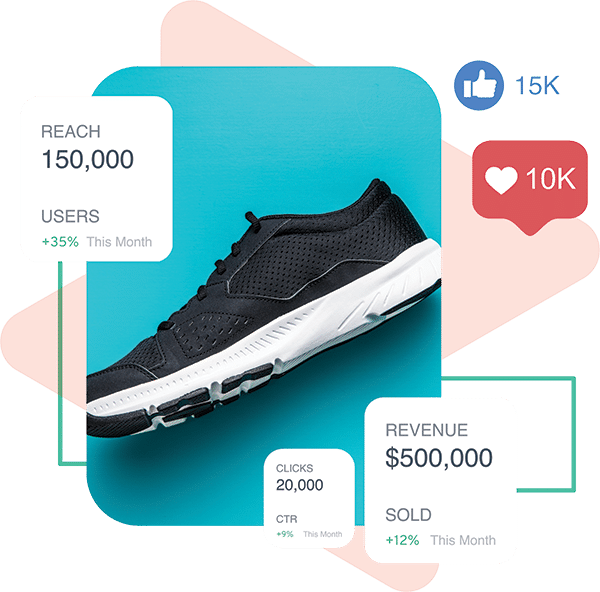Your digital asset management system (DAM) can feel like an overwhelming tool to report on. Everyone wants something different from it—end users want assets and tasks at their fingertips, managers want seamless workflows, and CMOs want to see their ROI. But when you give your DAM report to all these teams you get … *crickets*. You may even try to throw data into a bar chart. However, until that data tells a story of how to use it, those charts won’t be winning you any awards. So, how do you report on the success of your DAM in a way that’s motivating and practical for your teams?

Your problem may lie in how you’re reporting. Most users of the DAM, regardless of their involvement, need tailored insights. Insights that are meaningful to them, contextualized in their work, and practically applicable. If you present actions they can take to get the results they want, that’s vastly more helpful—and they’ll likely see you as more helpful.
So, let’s decipher what insights each DAM user needs, from the end user to the CMO, and deliver data in a way that’s motivating to the entire organization.
End Users Are Worried About Their Task List
End users are working in the DAM all day, every day. They use it as a productivity tool to get approvals, search for assets, and collaborate with external partners. They know the DAM almost as well as you do. Getting work done effectively and on time is always on their mind. However, they tend to fall into patterns and resist adopting new features which require extra brainpower. They want to know what their outstanding tasks are and how much time they have to finish them.
You should provide insights on:
How they can achieve their goals faster. Share data on how end users are utilizing the DAM and where their productivity hiccups are. For instance, if end users know that specific assets (or reviewers) take longer to complete the workflow, your end user may elect to schedule more time for review in their future projects. If you empower them with insights into how they work in the DAM, end users can set aside more time for lengthy tasks. In this way, those data points are now actionable, focused insights to help end users do their jobs better.
Additionally, consider creating a monthly DAM digest. One painlessly short missive of interesting links, or a video of you explaining one thing via Slack, Teams, or even email. This strikes the right balance of respecting their time and keeping them engaged. You could even feature someone from your teams who uses the DAM in an interesting way, has a productivity tip to share, or whose feedback has made the DAM better.
Data is a foundational element of DAM success. Learn how to set up your DAM to deliver key insights in our webinar DAM Data 101.
Managers Are Worried About Empowering Creativity
Managers are asking themselves: How are our campaigns going? Are my creatives empowered to deliver top-notch assets on time? Am I able to get approvals on time? They see the DAM as a tool that enables successful campaigns, but they’re more concerned about how to make sure it works for the creatives they manage.
To lend them a hand:
Offer them data on how workflows are continually improving in the DAM. Show them how those efficiencies are helping end users stay productive. For example, they might be interested in data on how quickly approval cycles go depending on the partner. It will help inform them on future timelines, and direct them to make improvements. After all, why do we report? Not just to celebrate wins, but to find places to be better.
Create helpful how-tos on improving their approval processes or show them how to implement new DAM features into their project workflows. Present them solutions to their problems and they will thank you.
VPs Are Worried About Workflow Success
VPs across the organization want to see their projects move forward successfully, without interruption. They are keeping an eye on budget and time constraints. VPs of Marketing and Sales not only care about their customer-facing projects and cycles, but also making sure BDRs and external partners have the assets they need to be successful. VPs want to ensure everyone has the right assets, for the right programs, to yield the right results.
To keep them in your corner:
Empower them with the right tools to keep their sellers and partners engaged and productive. VPs are looking for ROI that counts. Show them you’re ensuring everyone who needs assets has access to them—If they don’t, they aren’t succeeding. When you’re reporting to VPs, make it clear whether their teams are getting the right stuff, using it effectively, and getting results.
Try offering insights into which pieces of content are performing well. An excellent data asset management system will allow you to see your content performance and audience engagement, so you can help VPs replicate and scale that success.
CMOs Are Worried About Their ROI
CMOs are laser-focused on performance and their approach to the DAM is no different. They want to know if customers are happy. They’re obsessed with how customers are receiving the brand and how it makes them feel—especially if it influences how they buy. CMOs want quick answers to their questions and only relevant details. They won’t look up from slaying proverbial dragons unless something is broken or someone is working extremely well in supporting strategic goals.

To provide them value:
Make insightful connections between the data your DAM provides and the success of your latest sales cycles and marketing campaigns. Partner with sales and marketing managers to offer insights that reflect the collaborative work you’re all doing to get the most out of your DAM. How is the DAM enabling successful GTM strategies? How is the DAM contributing to overall productivity? It’s a big investment and your CMO will appreciate seeing cross-functional teams align their data to tell a cohesive story.
Ask your CMO if they have a deck of their top initiatives, perhaps which they presented to your board. Can you see it? If you can, maybe you can translate some of the promises they’ve made into dashboards in the DAM, to help them prove to the board they’re making progress.
Cast Their Worries Aside
When everyone is empowered with knowledge they can make better decisions and collaborate more effectively. By providing personalized insights into the DAM you’re enabling organizational harmony, from the end user to the CMO. Now, that’s motivating.
